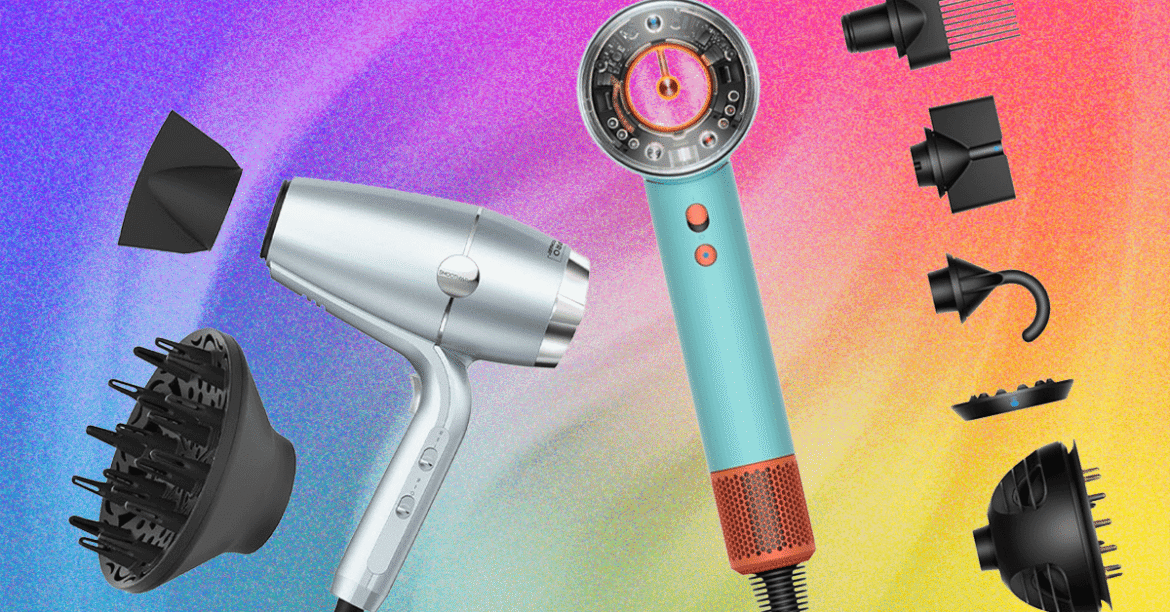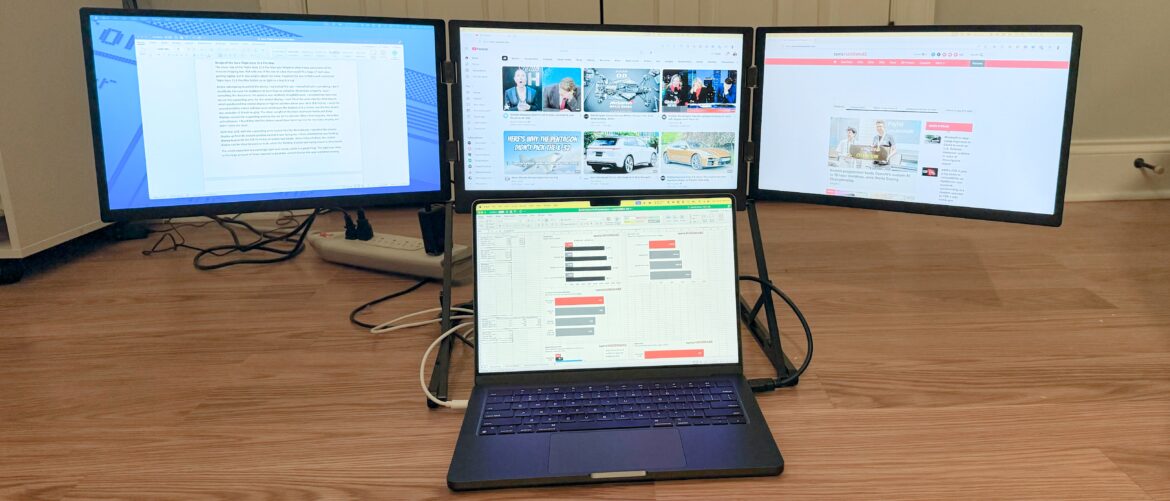See at Espm
Watch La Liga in the US for $30 per month
ESPN
See at ESPN
Watch La Liga soccer in the US from $12 a month
ESPN Plus
Real Madrid boss Xabi Alonso will be determined for his side to maintain its good start to the new La Liga season as they travel to newly promoted outfit Real Oviedo on Sunday.
Below, we’ll outline the best live TV streaming services to use to watch the game as it happens.
Los Blancos kicked off the season with a narrow 1-0 victory over Osasuna on Tuesday, thanks to a second-half Kylian Mbappé penalty.
Oviedo, meanwhile, played its first La Liga match since 2001 last Friday, crashing to a disappointing 2-0 away victory to Villareal.
Real Oviedo hosts Real Madrid at the Estadio Municipal Carlos Tartiere on Sunday, Aug. 24. Kickoff is set for 9:30 p.m. CET local time, making it a 3:30 p.m. ET or 12:30p.m. PT start in the US, an 8:30p.m. BST start in the UK and a 5:30a.m. AEST kickoff in Australia on Monday morning.
How to watch Real Oviedo vs. Real Madrid in the US without cable
This match is available to stream in the US via ESPN and ESPN Plus, which has live English and Spanish-language broadcast rights for La Liga in the US.
ESPN’s new flagship streaming service and app was launched this month. Called simply ESPN, it costs $30 as a standalone service or $36 a month if bundled with Disney Plus and Hulu.
The new streaming service gives you access to the full suite of ESPN networks and services in one subscription, including ESPN, ESPN2, ESPNU, ESPNEWS, ESPN Deportes, SEC Network and ACC Network — in addition to ESPN on ABC, ESPN Plus, ESPN3, SEC Plus and ACCNX.
Livestream Real Oviedo vs. Real Madrid in the UK
There’s been a slight shakeup with La Liga viewing options in the UK this season, with Disney Plus now set to show Saturday primetime matches exclusively live.
Premier Sports, however, remains the home for the lion’s share of Spanish top-flight matches, with the network showing 340 matches live, including this game.
Real Oviedo vs. Real Madrid will be shown exclusively live on Premier Sports 1, Premier Sports Player and La Liga TV.
A subscription to just Premier Sports’ dedicated La Liga channel costs £8 a month.
You can also get the channel via a full subscription to Premier Sports, giving you access to all of the network’s channels, which have the UK broadcast rights to Scottish Premiership matches, BKT United Rugby Championship and Investec Champions Cup rugby, plus NHL and Nascar.
A full Premier Sports subscription costs £10 per month for Sky and Virgin TV customers. You can also get Premier Sports through Amazon Prime Video as an add-on for £15 a month.
Livestream Real Oviedo vs. Real Madrid in Canada
TSN is the rights holder for live coverage of La Liga matches in the region, with select games being shown on its linear channels and a wider selection of games being shown on its TSN Plus streaming platform. This match is set to be shown on TSN Plus.
TSN Plus is a direct-streaming service that costs CA$8 a month and also offers coverage of PGA Tour Live golf, NFL games, F1, NASCAR and the four Grand Slam tennis tournaments.
Livestream Real Oviedo vs. Real Madrid in Australia
Footy fans Down Under can watch La Liga matches live on beIN Sports, which holds the live broadcast rights in Australia for Spanish top-flight matches. This match is set to be shown on beIN Sports 2 and beIN Sports Connect.
BeIN Sports is available in Australia for AU$15 a month or a yearly commitment of AU$130.





